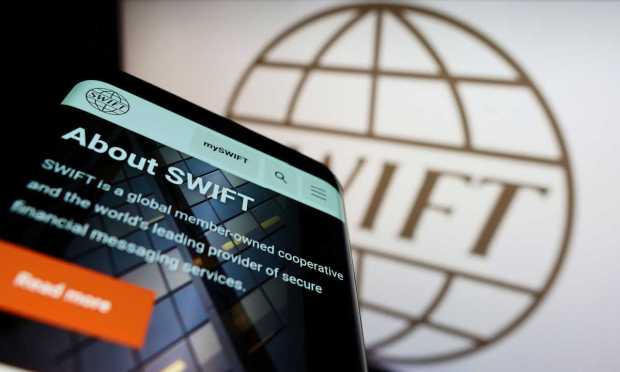ISO 20022 Migration Faces Fragmentation, Deadline Pressures as Rollout Accelerates

ISO 20022 migration is increasingly top of mind for the world’s payments players. That’s because the open global standard for financial messaging is fast approaching several different and staggered industry timelines and compliance deadlines for varying market infrastructures around the globe, including a new November 2025 deadline in the U.K., EU and U.S.
Adoption of the messaging standard initiative has lagged in the face of these competing global deadlines, with cross-border payments and reporting (CBPR+) ‘s slower-than-expected pace of migration raising broader concerns about the financial industry’s readiness for upcoming 2025 requirements.
However, the migration to ISO 20022 represents a catalyst for change within the financial services industry. At stake is the adoption of real-time payments and the realization of key cross-border efficiencies.
To that end, the Society for Worldwide Interbank Financial Telecommunications (SWIFT) is turning to proactive measures to help manage and facilitate participants’ adoption of ISO 20022 by launching its Transaction Manager and SWIFT Essentials suite of products.
Any bank that wants to use SWIFT wires will have to upgrade its messaging to ISO standards by November 2025, and SWIFT’s Transaction Manager platform is designed to give businesses a centralized view of transaction data, so all participants can access it simultaneously in real time, helping smooth out frictions during the CBPR+ coexistence period where both ISO 20022 and other message type standards can be used.
ISO 20022’s benefits, including improved transparency, better control functions and the potential for faster processing, will have a significant impact across both the B2B payments landscape and broader cross-border payments ecosystem once adopted.
See also: Interoperability and Transparency Are Key Challenges as Cross-Border Payments Modernize
Overcoming Fragmentation Foundational to Driving Adoption Progress
While ISO 20022’s common language and standard format can streamline communication between banks, clearing houses, payment processors and other financial entities, reducing errors and improving efficiency, some financial institutions have found themselves struggling with the migration due to resource and time pressures — having initially assumed that the migration would be a quick technical exercise.
In an interview with PYMNTS CEO Karen Webster, panelists from the financial services industry detailed that banks have been taking a scaled approach to sending data so that it can be validated to ensure that straight-through processing works and back-office reconciliation improves and that there remains roughly two years to go until the transitions are, on a bank-by-bank basis, complete.
To give adoption a shot in the arm, banks need to shift to a more strategic approach centered around capturing and maximizing the benefits of richer data which can improve accuracy, efficiency and reporting.
There is no time to wait — ISO 20022 was initially planned for a global rollout two years ago.
Read more: What All Banks Can Learn From Bank of England’s June 2023 ISO 20022 Migration
The Benefits of ISO 20022 Adoption Remain Considerable
ISO 20022 allows for richer and more structured data within financial messages compared to older standards. This increased data granularity enables better transparency, risk management, and regulatory compliance. It also facilitates more sophisticated analytics and reporting, leading to improved decision-making processes.
Within B2B payments, this means that transactions can carry richer data, including invoice numbers, payment references, and other relevant information. Enhanced data quality reduces errors and streamlines reconciliation processes for both buyers and suppliers.
And with ISO 20022 messages, B2B payments can undergo more seamless straight-through processing. This automation reduces manual intervention and processing time, leading to faster payment cycles and improved cash flow management for businesses.
B2B transactions often involve complex payment workflows, such as multi-party payments, partial payments, and split settlements. ISO 20022’s flexibility and support for additional information enable more sophisticated payment instructions, making it easier to handle these complex scenarios accurately and efficiently.
“From a corporate treasurer’s perspective, especially a large corporate and multinational with complex businesses, complex payment corridors, and operating in some challenging markets, [ISO 20022 allows them] to reconcile their payments much more quickly,” Ross Jones, head of payments at Barclays Global Transaction Banking, said in a statement.
Many businesses use enterprise resource planning (ERP) systems to manage their finances and operations, and ISO 20022’s structured data format aligns well with ERP systems, making it easier to integrate B2B payment data directly into existing accounting and reconciliation processes.
But as PYMNTS has written, the maximum efficiencies of data and messaging standardization can only be realized when everyone’s on board. And that onboarding is a process whose maturity is nearly as full of friction as today’s existing payment workflows.

